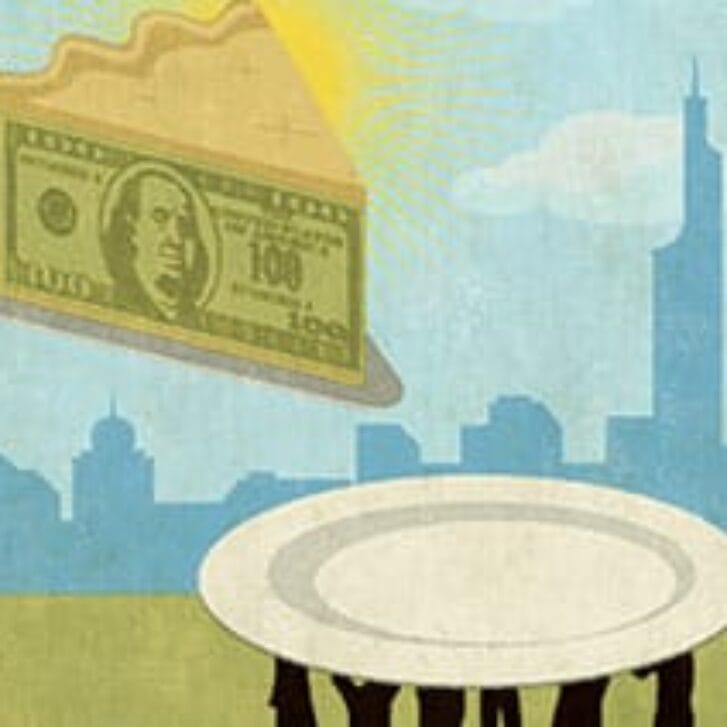 THOUGHT
THOUGHT
“If I don’t get panicked at the ups and downs of the short-term market and keep it in, I actually have a better chance of realizing higher returns and lower volatility.”
Wharton emeritus finance professor Jeremy Siegel on whether his 1994 book Stocks for the Long Run is still relevant today. Siegel recently spoke to Dean Erika James as part of Knowledge at Wharton’s “What I’ve Learned” series with impactful faculty members.
DATA INTERPRETED
 Income reached before happiness plateaus for most workers
Income reached before happiness plateaus for most workers
According to a new paper by Wharton senior fellow Matthew Killingsworth, Penn marketing and psychology professor Barbara Mellers, and Princeton University’s Daniel Kahneman that aims to answer the age-old question: “Does money buy happiness?” Says Killingsworth: “If you’re rich and miserable, more money won’t help. For everyone else, more money was associated with higher happiness to somewhat varying degrees.”
THOUGHT
How to Destigmatize Repulsive Products
Pancakes made from crickets, lamps made from fungus, handbags made from discarded cow stomachs, charcoal made from human feces — the ideas for these repulsive products came easily to their inventors. The hard part: trying to sell them to grossed-out consumers. Wharton associate management professor Samir Nurmohamed calls this process “dirty creativity,” defined as ideas or products that are stigmatized in the context in which they’re introduced. After interviewing dozens of creative workers, surveying more than 200 consumers, and going through countless articles and reviews, Nurmohamed found two tactics that stood out to make repulsive products accepted into the marketplace: relocating the dirt and recasting the dirt as value.
 Dirty creatives “relocate” through wordplay by developing a vocabulary that connects the product to more familiar, normal items. “Nobody says ‘I’m eating cow’ when they are eating steak. These are labels that we use to reframe what we are eating. What these entrepreneurs are doing is the same. They are trying to come up with a connective vocabulary so that their products are more pleasing,” says Nurmohamed, who co-authored the paper “Dirty Creativity: An Inductive Study of How Creative Workers Champion New Designs That Are Stigmatized” with INSEAD organizational behavior professor Spencer Harrison. In addition to connective vocabulary, designers have to disguise the dirt in a way that doesn’t signal stigma. In other words, they relocate consumer attention away from the ickiness.
Dirty creatives “relocate” through wordplay by developing a vocabulary that connects the product to more familiar, normal items. “Nobody says ‘I’m eating cow’ when they are eating steak. These are labels that we use to reframe what we are eating. What these entrepreneurs are doing is the same. They are trying to come up with a connective vocabulary so that their products are more pleasing,” says Nurmohamed, who co-authored the paper “Dirty Creativity: An Inductive Study of How Creative Workers Champion New Designs That Are Stigmatized” with INSEAD organizational behavior professor Spencer Harrison. In addition to connective vocabulary, designers have to disguise the dirt in a way that doesn’t signal stigma. In other words, they relocate consumer attention away from the ickiness.
The final step is recasting the dirt as something of value. This can be achieved by refining the aesthetics of a product, like creating cow-stomach bags that are lovely enough that the consumer forgets about the origin. “Recasting is all about instilling the features of whatever is dirty and trying to redeem the value,” Nurmohamed says. “If you look at crickets as food, it’s much more sustainable than cows or other animals, and you get a lot more nutritional bang for your buck.”
The professor notes that it’s also a challenge to convince consumers novel products are safe when there are no standards of comparison, since similar products don’t exist. That’s why these innovators are taking the initiative to create their own safety standards. Selling what seems like a crazy idea is particularly important these days, as more consumers demand environmentally friendly practices and less waste generation, according to Nurmohamed and Harrison. “To create a cleaner planet, we need products that make us more comfortable being close to waste. For organizations to conform to a circular economy, products will increasingly rely on dirty creativity,” they write.
DATA INTERPRETED
 Reduction in yearly earnings per child for Swedish moms
Reduction in yearly earnings per child for Swedish moms
Wharton assistant management professor Tiantian Yang says this “motherhood penalty” is pushing women away from discriminatory employers and toward entrepreneurship. Previous calculations have put the penalty at 15 to 20 percent for American working moms. Although Yang says it’s difficult to re-create the study in the U.S. due to differing datasets, she thinks there would be an even stronger correlation between motherhood and entrepreneurship as a way to advance a career.
THOUGHT
“There’s more of a push from the public than ever before about making sure that brands really are what they say they are.”
Citing Nike’s support for racial equity and Heineken’s commitment to carbon neutrality, Wharton marketing professor Raghuram Iyengar told SiriusXM’s Wharton Business Daily how marketers can be better prepared for the next major economic disruption. Iyengar co-authored the e-book Resilient Marketing: What’s Next in Growth? with Wharton marketing professor David Reibstein, former Knowledge at Wharton editor-in chief Mukul Pandya, and Brian Gregg WG05 and Eli Stein of McKinsey.
DATA INTERPRETED
 Startup founders who leave before their company reaches an initial public offering
Startup founders who leave before their company reaches an initial public offering
Wharton assistant management professor Danny Kim studied these unexpected departures and didn’t find evidence the replacements had a meaningful effect on change, suggesting investors should think twice about replacing founders of the startups they buy.
(Illustrations: Roller coaster — hchjjl; Cricket — freeject design; Hearts — ulimi; Briefcase — cako7; Teddy bear — lhfgraphics; Exit — ourlifelooklikeballoon)
Published as “Data” in the Fall/Winter 2023 issue of Wharton Magazine.




















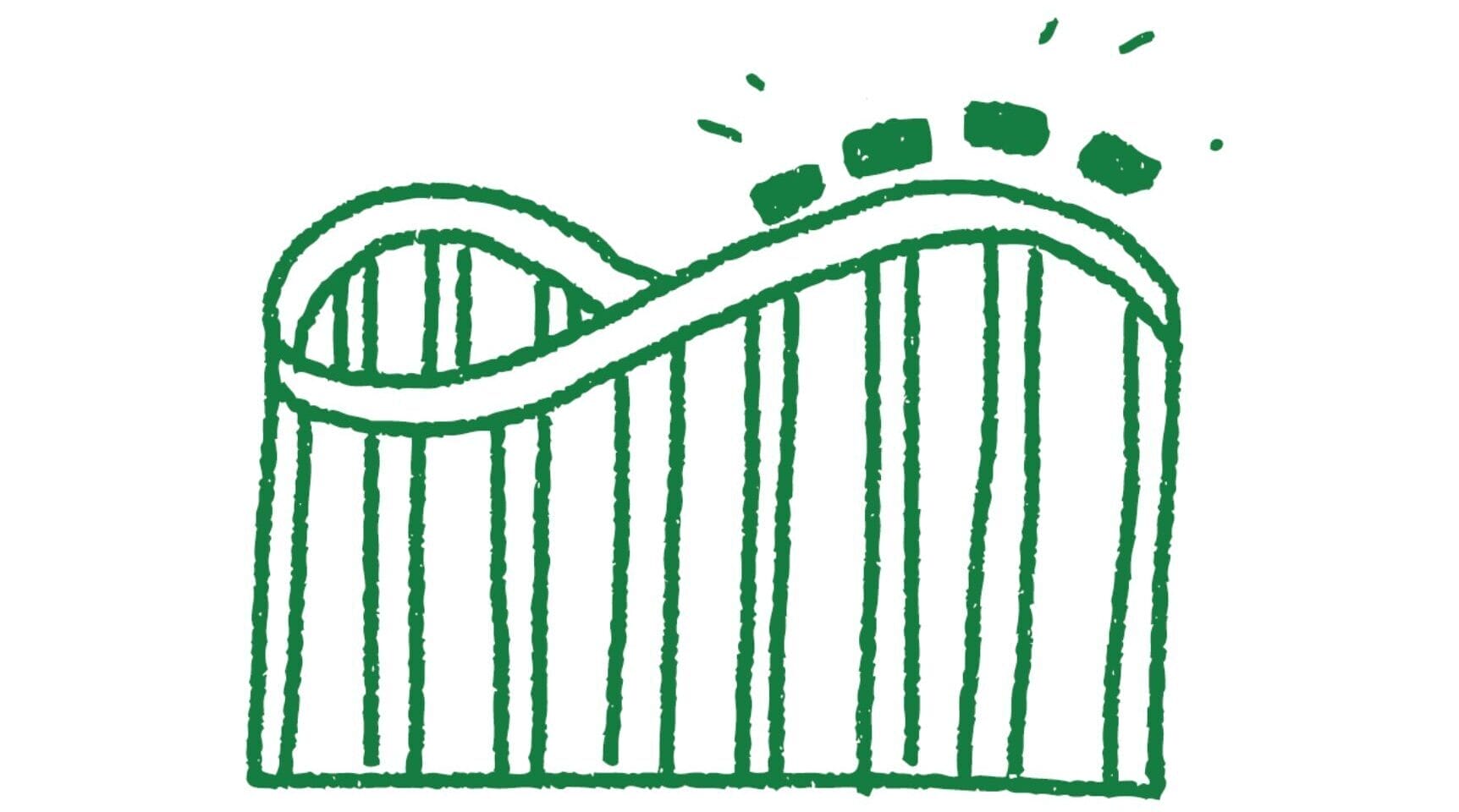 THOUGHT
THOUGHT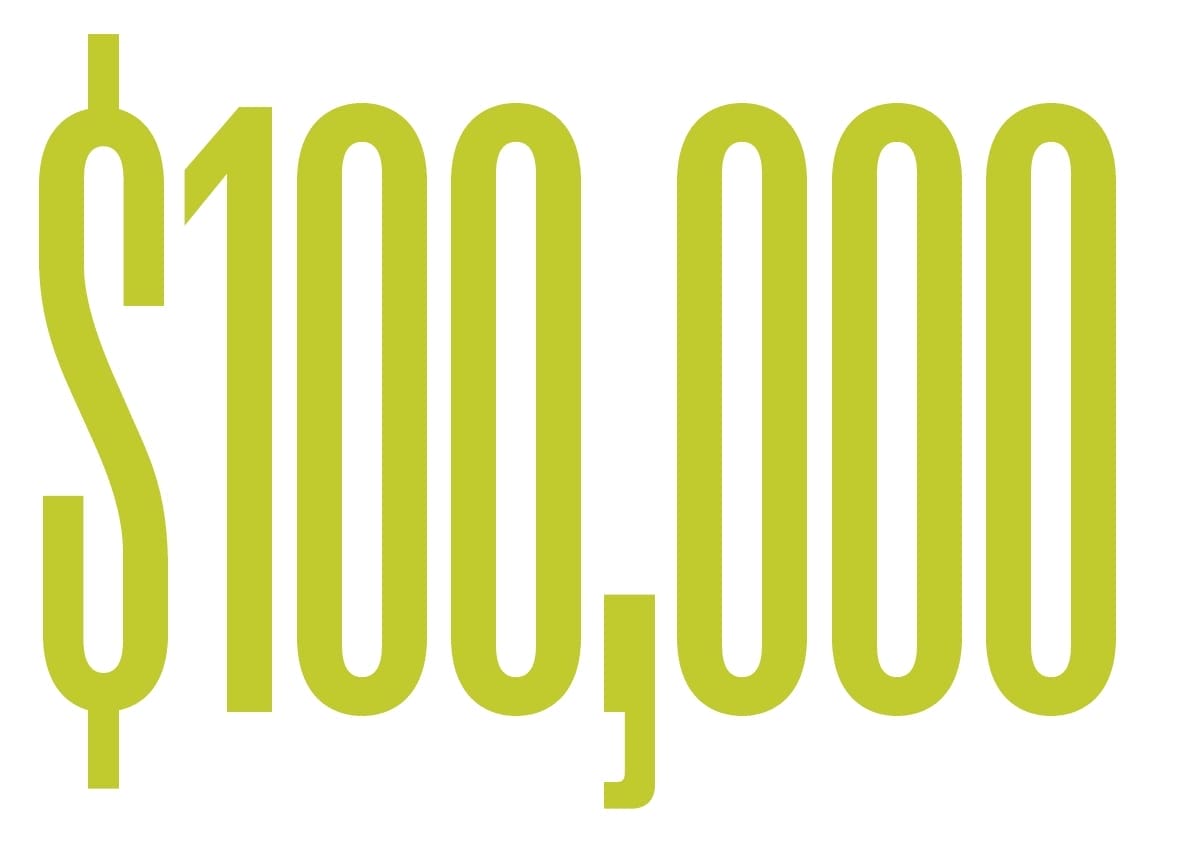 Income reached before happiness plateaus for most workers
Income reached before happiness plateaus for most workers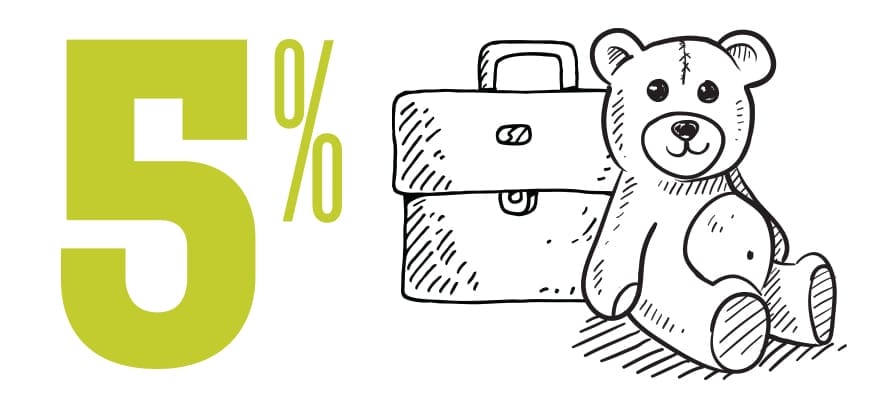
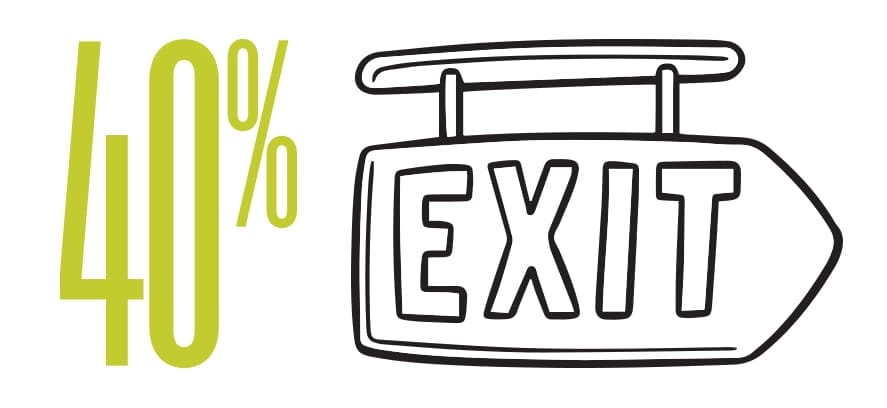 Startup founders who leave before their company reaches an initial public offering
Startup founders who leave before their company reaches an initial public offering

